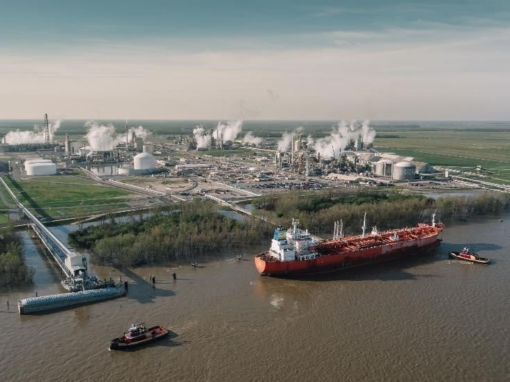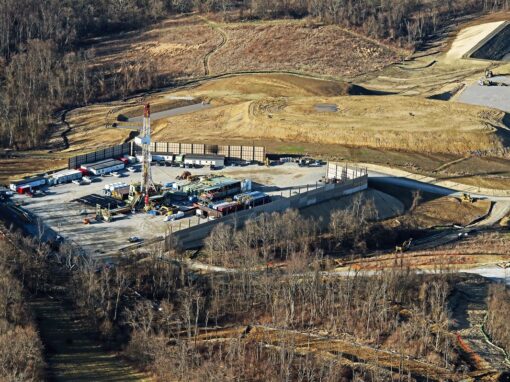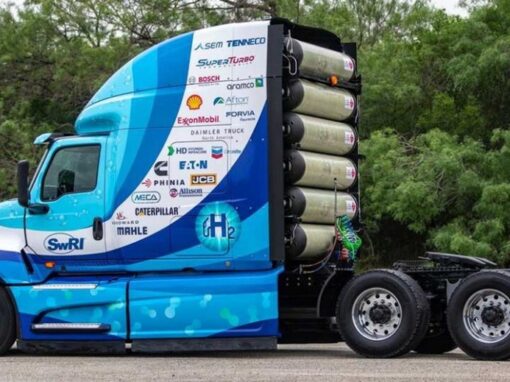Data Centers: More Power, More Fuel Cells
The world is constantly innovating, with more and more of our financial, recreational, and even medical functions moving online and streaming through various devices. The power needed to run the data centers supporting these transactions is immense. Emerging and expanding digital technologies such as Artificial Intelligence (AI) is also supercharging the growth of the necessary energy required.
According to the International Energy Agency (IEA), data centers consumed 240-340 Terrawatt-Hours (TWh) of electricity in 2022, approximately 1-1.3% of global electricity demand. It is estimated that data centers that host AI operations utilize a tremendous amount of energy, with one of the most popular tools, ChatGPT, using 17,000 times more electricity per day than the average household in the U.S.! And the demand for power among data centers is poised to increase rapidly. According to a recent report from Goldman Sachs, global data center power demand is poised to more than double by 2030.
IEA also reported that in 2021, combined electricity use by Amazon, Microsoft, Google, and Meta (Facebook), was 72 TWh, more than doubling since 2017.
To meet that need, fuel cells have risen to the challenge. For more than 25 years, fuel cells have provided efficient, high-quality, reliable power to data centers, banks, and other critical facilities. Companies, particularly in the technology and financial sectors, are installing fuel cell systems to reduce carbon emissions and ensure constant and secure service to customers, including the aforementioned Amazon, Microsoft, and Google.
The list of benefits fuel cells offer these companies is long. They are fuel flexible, low- to -zero-carbon emissions, scalable, quiet, and most importantly to facilities where power outages or blips would cause substantial damage or financial loss, extremely reliable with quality-assured, continuous power. This is important as the electric grid withstands growing demand from customers and increasing extreme weather takes its toll on aging infrastructure. Fuel cells can be connected to or operate independently of the grid, be installed in a microgrid, or co-located with renewable energy systems.
Many FCHEA members are involved in the stationary fuel cell sector, providing back-up or primary power to a variety of customers at retail/grocery stores, company headquarters, universities, hospitals, municipal facilities, telecommunications towers, utility substations, and many other sites, including data centers.
Bloom Energy carries the bulk of that mantle, with a customer list that includes many of top Fortune 500 companies and household brands. With its fuel cells powering data centers around the country already, Bloom’s recent announcements have highlighted its technology’s ability to support the increased need for power as AI grows.
- In July, Bloom Energy announced it would install its fuel cells at CoreWeave’s high-performance data center in Volo, Illinois, to support CoreWeave’s AI cloud solutions.
- Intel, a Bloom customer since 2014, entered a power capacity agreement to install of additional MW of Bloom’s Energy Server at Intel’s existing high-performance computing data center in Santa Clara, California. The companies claim the resulting installation will be the single largest fuel cell-powered high-performance computing data center in Silicon Valley.
- April Quanta Computer Inc., which supplies high-powered servers for AI computations, will install a Bloom fuel cell system as part of a microgrid at its planned manufacturing expansion in Fremont, California.
Plug Power, another FCHEA member which coincidentally published a blog post about data centers of its own recently, worked with Microsoft to build a 3 megawatt (MW) hydrogen fuel cell system in 2022. Microsoft has been public about the need for reliable and clean power for its expanding data center footprint, and is interested specifically to power its AI data centers.
Microsoft also worked with FCHEA member Ballard Power Systems and Caterpillar in 2021, to demonstrate a 1.5 MW hydrogen fuel cell system integrated into one of its data centers in Quincy, Washington. This successful demonstration led to a more recent one earlier this year in Cheyene, Wyoming, where Microsoft simulated a 48-hour back-up event using Ballard’s fuel cell systems.
In June, Ballard and Vertiv, a global provider of critical digital infrastructure and continuity solutions, announced a strategic technology partnership focusing on backup power applications for data centers and critical infrastructures. The companies successfully demonstrated a proof of concept with 400 kW of Ballard fuel cells at Vertiv’s facility in Delaware, Ohio.
Outside of the U.S., FCHEA member Honda is looking outside the vehicle market with its fuel cell system. The automaker joined with Tokuyama Corporation and Mitsubishi Corporation in December 2023 to operate a data center using its fuel cell. The project used by-product hydrogen produced by Tokuyama’s saltwater electrolysis system to power Honda’s fuel cell and provide electricity to a distributed data center operated by Mitsubishi in Shunan City, Yamaguchi Prefecture, Japan.
As the world’s energy needs grow with increased demand on data centers to power AI and other tech innovations, scalable and reliable fuel cells can grow along with it. Fuel cells provide economic and environmental benefits to companies seeking quality assured power and their customers who rely on the services every day.



